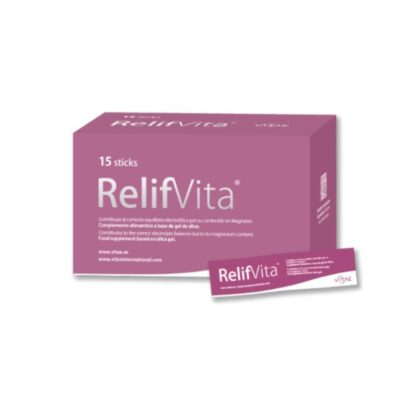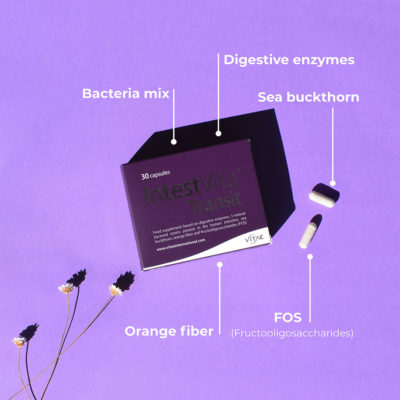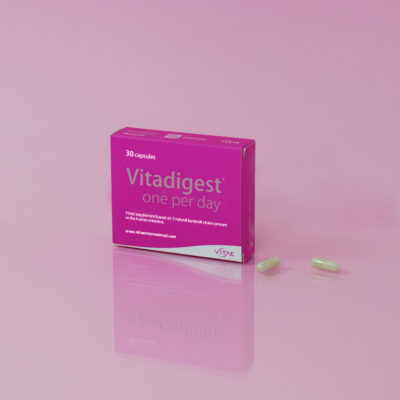Probiotics are defined as microorganisms, mostly bacteria (but also some yeast, such as the probiotic yeast Saccharomyces boulardii) that are able to reach the intestine in sufficient amounts in an active state and thus are able to exert positive health effects. Numerous probiotic microorganisms (e.g. Lactobacillus rhamnosus GG, L. reuteri, bifidobacteria and certain strains of L. casei or the L. acidophilus-group) have been used used in probiotic food, particularly fermented milk products, or have been investigated with regard to their medicinal effects. Among the numerous purported health benefits attributed to probiotic bacteria, there is the transient modulation of the intestinal microflora of the individual eating fermented foods or taking supplements, and the capacity of probiotic microorganisms to interact with the immune system directly or mediated by the host’s own microflora. Traditionally it was thought that these effects were limited to the gut, but more recent evidence supports an interaction between probiotic bacteria and other body systems that are also colonised by bacteria, such as the eyes, the skin and mucosal tissue in the sexual organs.
What do probiotics do? The facts.
The basic mechanisms described above are supported by an increasing number of in vitro and in vivo experiments using conventional and molecular biology laboratory methods. In addition to these, a limited but growing number of randomised, well-controlled human intervention trials have been reported which confirm the following well-established effects of probiotic supplementation, whether it is by means of probiotic/fermented foods or food supplements:
- Prevention and/or reduction of duration and complaints of rotavirus-induced or
- antibiotic-associated diarrhoea, as well as alleviation of complaints due to lactose intolerance.
- Reduction of the concentration of cancer-promoting enzymes and/or putrefactive
- (bacterial) metabolites in the gut. In plain English this means that probiotic microorganisms reduce the “rotting” and excessive fermentation of undigested or partly digested proteins with potential to contribute to an increase in the risk of development of some cancer types. It also means that probiotic bacteria actually contribute to healthy detoxification function of these metabolites via the liver and kidneys.
- Normalisation of passing stool and stool consistency in subjects suffering from chronic constipation and/or irritable bowel syndrome.
- Prevention and alleviation of unspecific and irregular complaints of the gastrointestinal
- tracts in healthy people. You don’t need to be chronically ill to benefit from the healthful activity of probiotics. Most people notice improvements very quickly, which is great for those who suffer from occasional constipation and/or diarrhoea. Some of my clients have suffered from Irritable Bowel Syndrome for a long time and may be in remission 90% of the time, but when they do experience symptoms, they benefit from adding probiotics to their daily routine, or increasing the dose if they’re already taking them daily.
- Beneficial effects on microbial dysregulation, inflammation and other complaints in
- connection with existing inflammatory diseases of the gastrointestinal tract, e.g. Helicobacter pylori
- infection or bacterial overgrowth in the small intestine, otherwise known as SIBO.
- Prevention or alleviation of allergies and atopic diseases in infants. The rationale behind this anti-atopy function is complex and it involves a system of communication between probiotic bacteria and the gastrointestinal immune system that results in decreased antibody-based immune activity, as well as decreased systemic inflammation. Both atopic infants and adults tend to suffer from a degree of dysregulation in the production of mucous in the gut, and probiotic supplementation is shown to normalise that function also.
- Prevention of respiratory tract infections such as the common cold and “the flu”, as well as other infectious diseases, including adjuvant treatment of urogenital infections.
- There’s little preliminary evidence with respect to cancer prevention, cholesterol-binding, improvement of the mouth flora and caries prevention, as well as prevention or therapy of ischemic heart diseases or amelioration of autoimmune diseases such as rheumatoid arthritis.
Where to get probiotics from?
The top natural sources of probiotic bacteria and yeast are:
- Probably the best known source of “good” bacteria, used traditionally to maintain gut flora balance.
- A combination of a myriad of bacterial and yeast species. More sour than yoghurt and hence not to everyone’s taste. I love it and it’s my recommended source of probiotics from food.
- Sauerkraut An excellent way to ease digestion, thanks to the stomach-acid stimulating properties of the pickle. In fact, any sour pickles will do the same thing. And they all carry a good amount of beneficial probiotic bacteria.
- Miso Soup. Another of my favourites. Perfect as a starter, or for breakfast, as it’s used traditionally in Japan. I recommend organic unpasteurised miso fermented traditionally in oak kegs, as it’s been done in Japan for centuries.
- Cheese made from raw milk, like Manchego or Pecorino, is also a great source of probiotic baceria.
- Sourdough Bread. If you’re good with carbs and you like your bread, a slice of sourdough bread with your Manchego is not only delicious but tops up your probiotic intake.
What about supplements?
Sometimes food doesn’t quite provide the number of probiotic microorganisms needed. Additionally, some strains are cultured because of their specific function, and to get an effective quantity of that specific bacterial or yeast species from food would involve eating kilos of one single food, which would be impractical… At that point I would recommend looking at supplementation. My advice based on my clinical experience is to use a multi-strain supplement as evidence supports synergy between different types of probiotics. Therefore, you can expect a wider spectrum of activity from a multi-strain supplement than from one based on a single strain. Vitae has just released 2 probiotic formulas, one for kids and one for adults, that contain 3 well-researched strains Lactobacillus gasseri KS-13 (formerly Lactobacillus acidophilus), Bifidobacterium bifidum G9-1, and Bifidobacterium longum MM-2. Because of the different locations where these bugs like to colonise the gut, e.g. L. gasseri likes the hostile environment of the upper/small intestine, I find this product useful for most clinical applications where a probiotic supplement is needed. Always talk to your healthcare provider before taking a new supplement. Find a practitioner who knows what they’re talking about on the BANT website.
Disclaimer. The information provided in this blog is for educational purposes only. It is not intended to diagnose or treat any medical condition. Recommendations may vary for your individual case. If you have an existing condition, always consult with your healthcare professional before introducing a new product into your daily routine, whether it’s a drug or a natural product.








